|
By Josh Jackson, Fall 2020 Master Birder Graduate
Back in April, after a couple weeks of working from home, I hung a bird feeder that had been sitting unused in my garage. While missing the energy of the Paste magazine (https:// www.pastemagazine.com) office and the bands who’d stop by to perform in the new Paste Studio in downtown Atlanta, I started noticing the birds in my small, urban backyard and realized I often didn’t know what I was looking at. It turns out the colorful bird hopping on the ground just outside my window wasn’t some funny-looking Robin, but an Eastern Towhee. That flock of exquisitely colored birds with little black masks that were darting en masse from tree to tree were Cedar Waxwings. I’d lived in Atlanta most of my life, but I realized I hadn’t really paid attention to its flying fauna. The stress of isolation—of closed offices and crashing advertising markets—was making it harder to go back to sleep after waking up in the middle of the night, so I began going for early-morning walks and carrying a pair of binoculars with me. I started visiting places I didn’t even know existed before the pandemic. It seemed there were as many great parks and nature reserves around Atlanta as there were birds that I had no idea ever visited my city. From the granite outcroppings of Davidson-Arabia Mountain to the marshy wetlands of Constitution Lakes to the forests around the Chattahoochee River, there are so many places to experience nature in and around Atlanta, one of the greenest cities in America. And barely five minutes from my house, Legacy Park in Decatur has turned out to be an oasis for birds of all kinds. I used the Merlin app to identify the birds and the eBird app to keep track of what I’d seen. By the end of June, I bought a telephoto lens for my wife’s camera and started carrying it with me and soon after started the Birds of Atlanta project, seeing how many different species I could photograph and post to Instagram (https://www.instagram.com/atl_birds/) and Twitter (https://twitter.com/BirdsAtl). My goal was to make it to 100 days. Thanks to all the sparrows, raptors, warblers, wading birds, ducks and colorful visitors that pass through during their migration to more tropical climates, I just posted my 150th bird in 150 days, a Mute Swan that has been hanging out in a small pond in Lawrenceville. Along the way, I met and learned from a community of birders here in Atlanta and took the Master Birder course at Georgia Audubon, which I'd recommend to anyone wanting to learn more. My project might be over, and this strange, difficult year may be drawing to a close, but I'm looking forward to a lot more birding in the years to come—and to finding out what birding is like when we're not in the middle of a pandemic. Here are some of the photos I took along the way.
2 Comments
9/15/2022 09:45:55 am
I agree. Birds are an essential part of the natural system. They are essential as pollinators and for seed dispersal of many plants, especially native plants. Birds also feed on a variety of insects, rodents, and other small animals, naturally keeping those populations in check and ensuring a proper balance in their ecosystem.
Reply
Your comment will be posted after it is approved.
Leave a Reply. |
AuthorBirds Georgia is building places where birds and people thrive. Archives
July 2024
Categories |
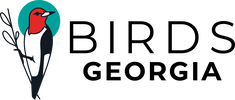
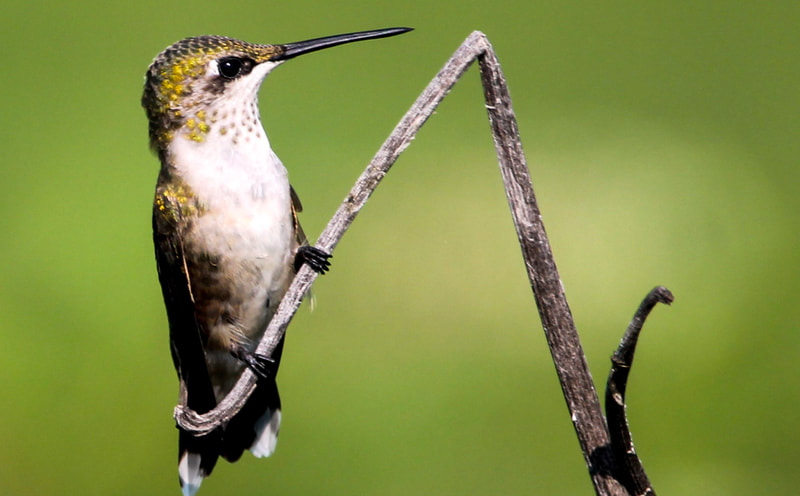
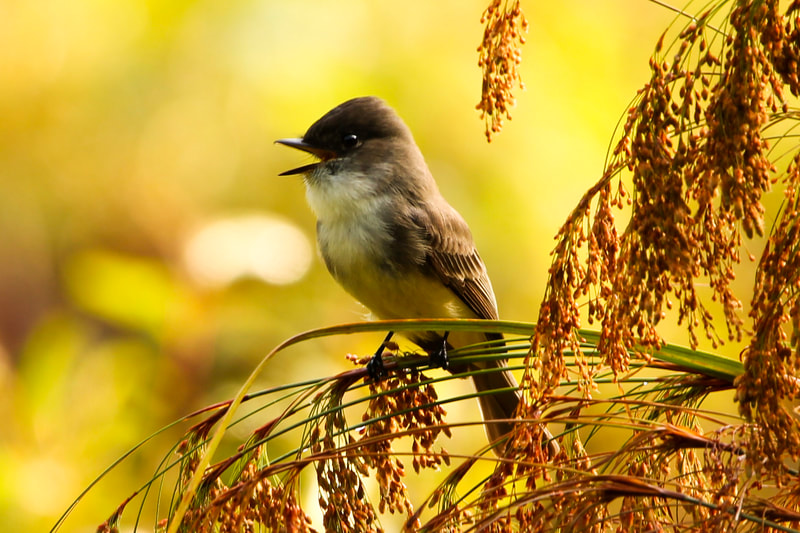
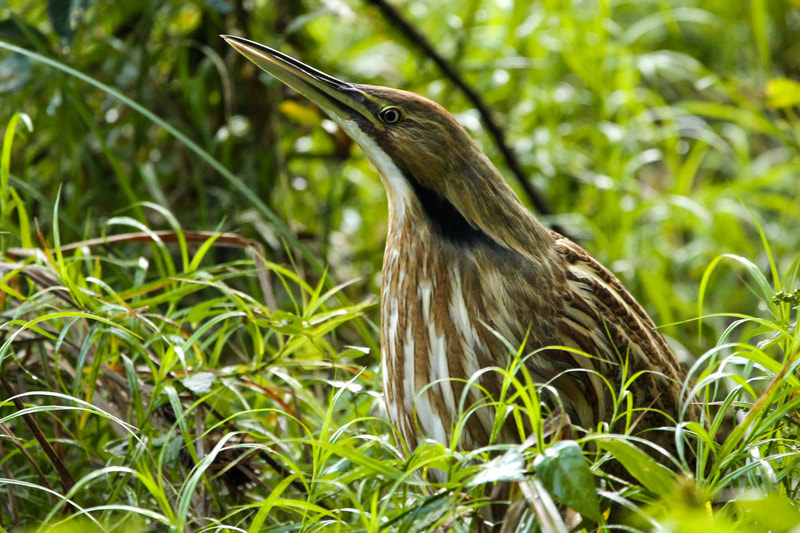
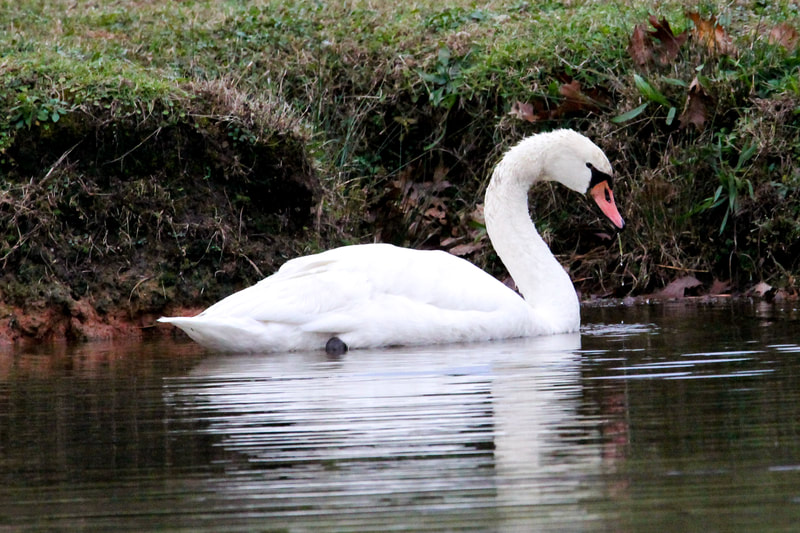
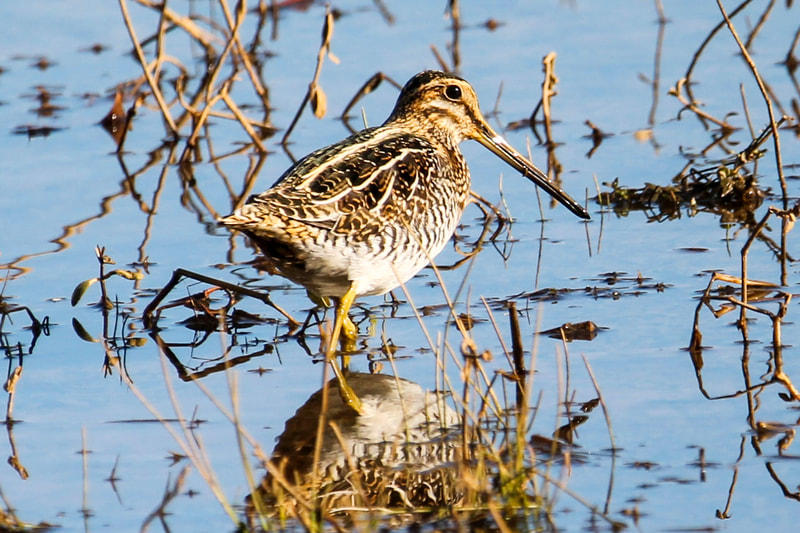
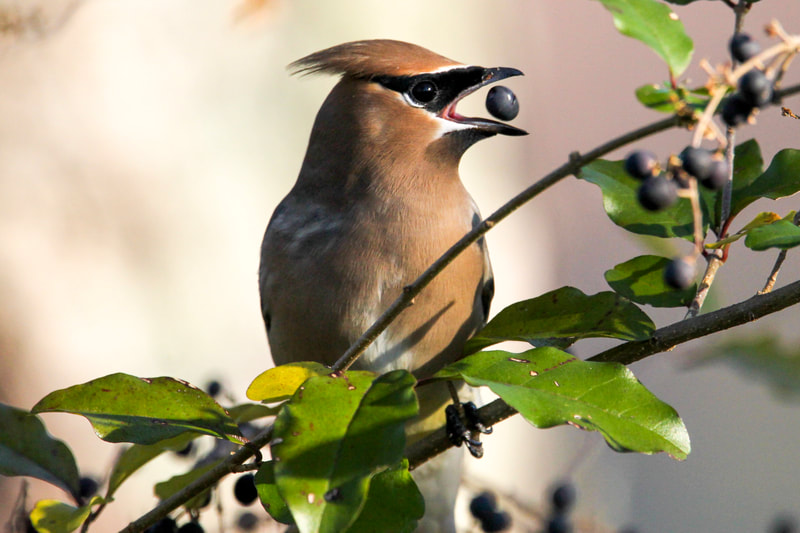
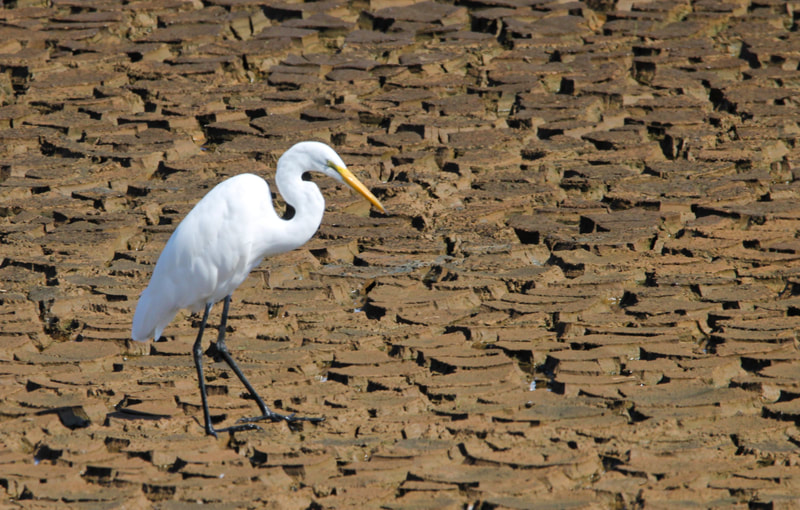
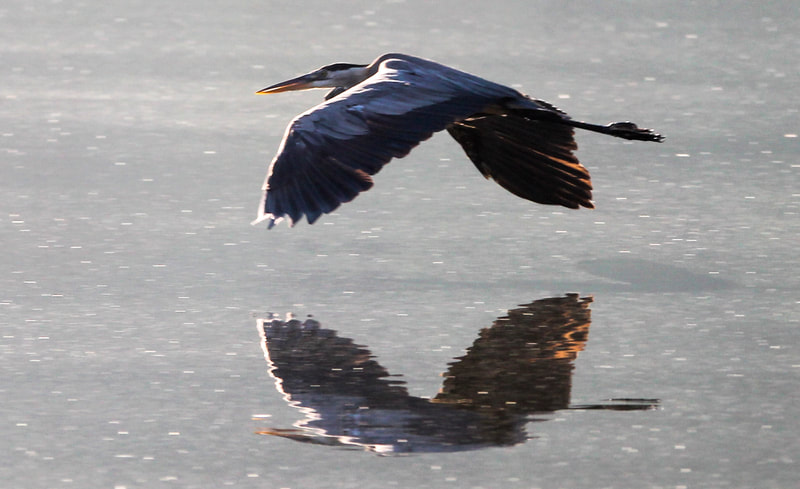
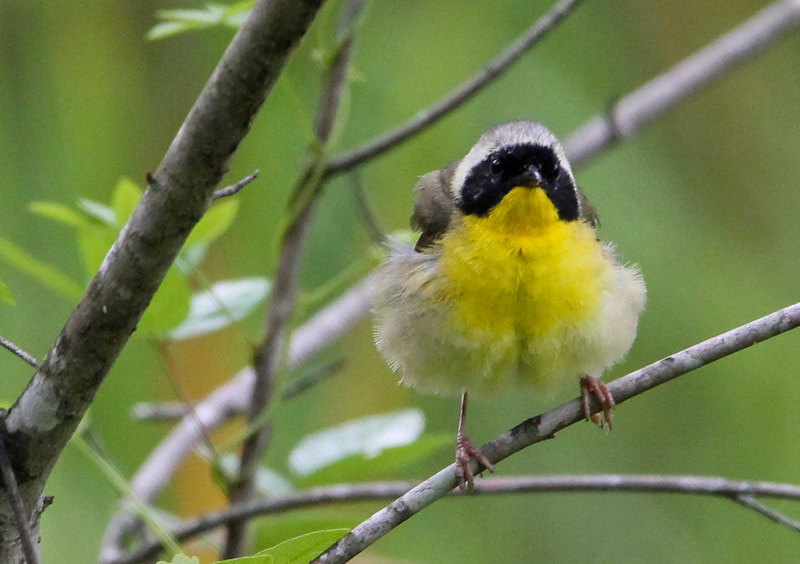
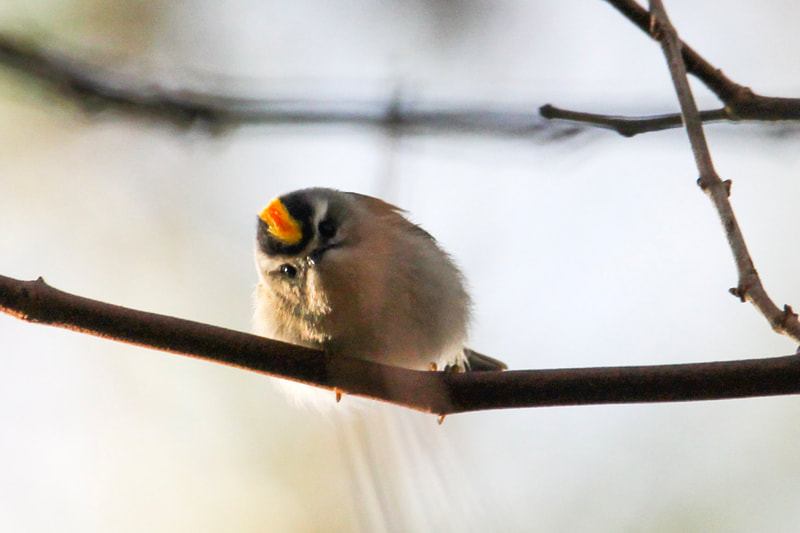
 RSS Feed
RSS Feed
